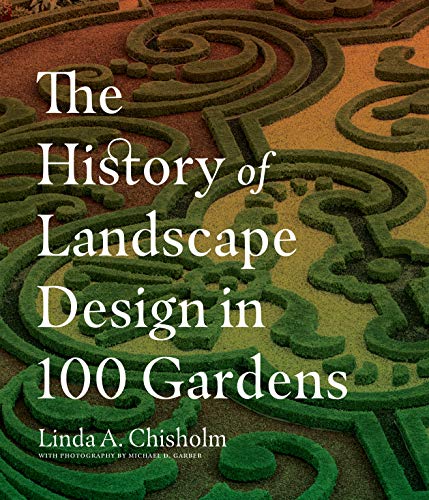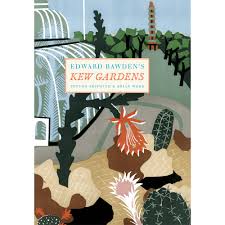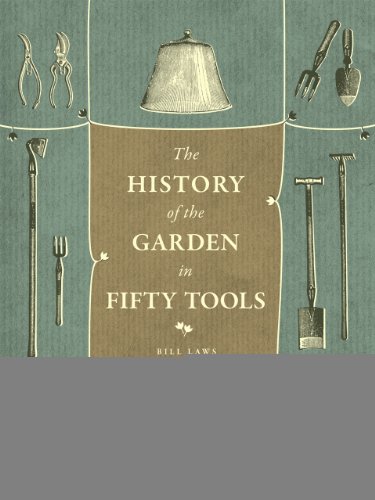 Ugh. That was my first reaction to the title “The History of Landscape Design in 100 Gardens.” I immediately pictured a dull, dusty history book.
Ugh. That was my first reaction to the title “The History of Landscape Design in 100 Gardens.” I immediately pictured a dull, dusty history book.
When I opened the book, I was surprised. Choosing a random page, I was hooked by the narrative and soon fully engaged. Author Linda A. Chisholm skillfully weaves stories of gardens and gardeners seamlessly within the prevailing styles and the broader culture of their times.
To do this, she uses “one hundred of the world’s great gardens, chosen to illustrate the history and principles of landscape design and to answer the question of why a particular style became dominant at a specific time and place in history.”
This history begins with a wide swath from the 9th century to the 15th century C. E. This was a time when gardens were enclosed, providing protection from the dangerous world outside. This style was used in both Christian and Muslin gardens, the latter in part represented by the Alhambra in Spain.
A later chapter, entitled “The Poppies Grow”, explores how “designers of five beloved gardens find solace in opposing the industry that led to war.” These gardens include Hidcote, Sissinghurst, Great Dixter, and Dumbarton Oaks. I’ve been to all, but I will now better appreciate their shared purposes.
Each of these entries are short, but – as a librarian friend of mine commented – meaty. Most of the gardens will be familiar. There is an emphasis on European and American history, although the two chapters that linked European and East Asian gardens were especially insightful. For example, I have never considered the similarities between French Impressionism and Japanese garden design of the same period.
This is a wonderful way to teach a challenging subject – the history of design. The author’s astute organization of the chapter topics, along with the photographs of Michael D. Garber, make this book work. I wish there was a broader selection of west coast gardens (there are two, both in Sonoma County, California), but that is a small quibble. An excellent bibliography leads the reader to a wealth of other publications to pursue these topics further.
Published in Garden Notes: Northwest Horticultural Society, Summer 2019
 This book defies easy categorization. Bawden was a renowned British illustrator, graphic artist, and painter who served as an official War Artist during World War II. He and his contemporary Eric Ravilious studied with surrealist landscape painter and engraver Paul Nash, and his influence can be felt in Bawden’s lively calligraphic line, and his modernist approach to landscapes and cityscapes. Until exploring this book, I was most familiar with his posters for London Transport, depicting sights and scenes around London.
This book defies easy categorization. Bawden was a renowned British illustrator, graphic artist, and painter who served as an official War Artist during World War II. He and his contemporary Eric Ravilious studied with surrealist landscape painter and engraver Paul Nash, and his influence can be felt in Bawden’s lively calligraphic line, and his modernist approach to landscapes and cityscapes. Until exploring this book, I was most familiar with his posters for London Transport, depicting sights and scenes around London. Remember those tools you tossed into the shed after planting the last tulip bulb? They may need your attention now – otherwise come spring you’ll have a pile of dirt-caked trowels and rusty pruners. No fun.
Remember those tools you tossed into the shed after planting the last tulip bulb? They may need your attention now – otherwise come spring you’ll have a pile of dirt-caked trowels and rusty pruners. No fun.